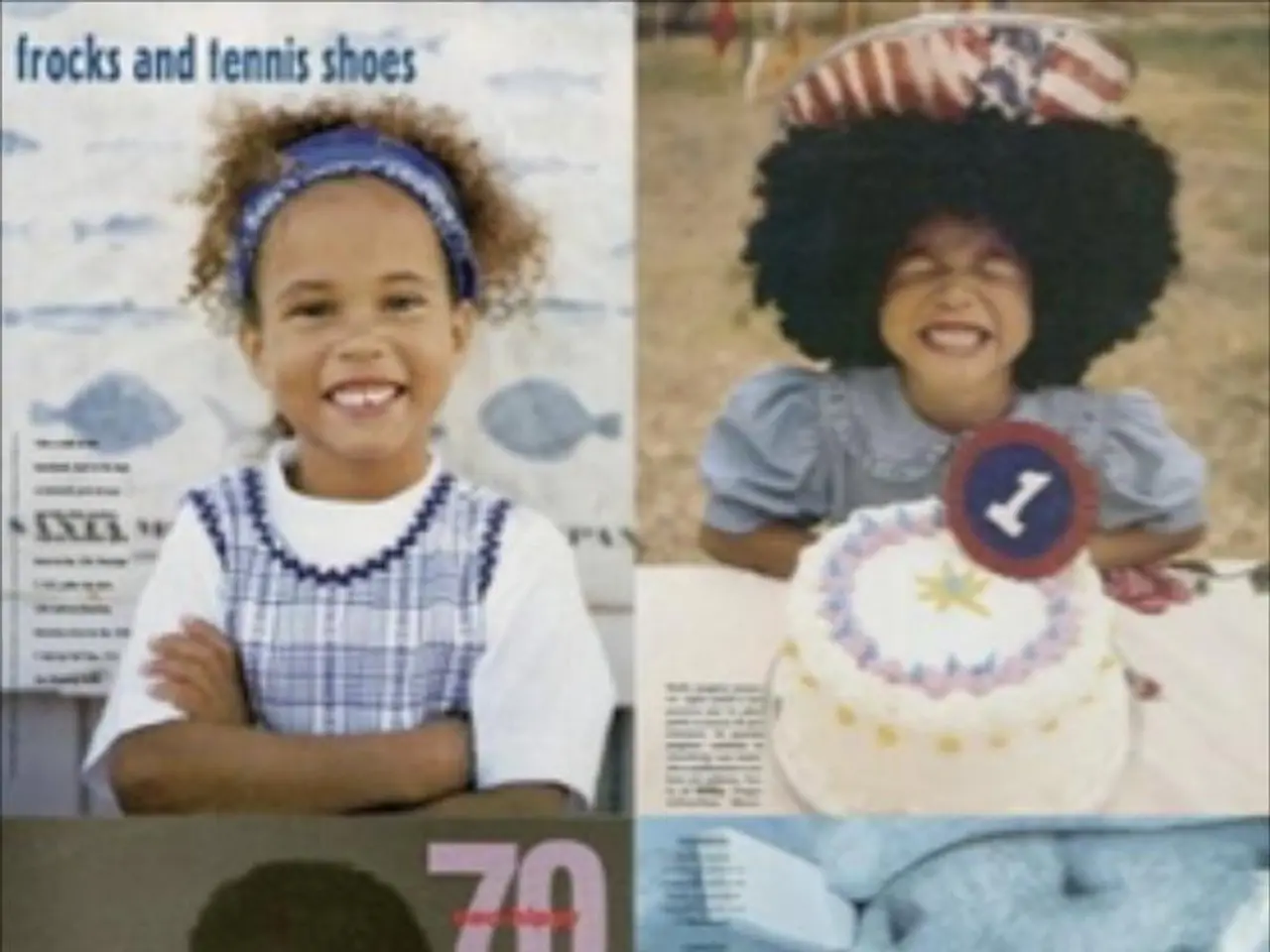Healing childhood trauma through connection and intimacy: addressing trauma through the lens of five love languages
Healing Childhood Trauma Through the 5 Love Languages
Trauma survivors often experience emotional dysregulation, a condition that can be alleviated through understanding and addressing the root causes of their emotional struggles. New research suggests that the 5 Love Languages, a popular model for expressing love within relationships, can also serve as a powerful tool for healing from long-term childhood trauma.
The 5 Love Languages—Words of Affirmation, Acts of Service, Receiving Gifts, Quality Time, and Physical Touch—offer a practical, relational approach to healing trauma. Each language reflects different ways trauma survivors seek connection and healing, providing a framework to understand and meet emotional needs that were unmet or distorted in childhood.
Words of Affirmation can counteract negative self-beliefs rooted in trauma by providing positive, consistent verbal reinforcement and validation. Affirming language helps reprogram internal voices of shame or self-criticism that often arise from abuse or neglect in childhood.
Acts of Service allow healing through experiencing tangible, consistent support from others. For survivors who felt abandoned or unsupported, acts of kindness restore trust and show love is dependable through actions rather than just words.
Receiving Gifts functions as a symbolic form of care, helping survivors feel seen and valued. Thoughtful gifts can represent nurturing and recognition that may have been lacking early on.
Quality Time addresses deep needs for undivided attention and connection, healing relational fragmentation by fostering presence and attunement, which are often missing in trauma histories.
Physical Touch, when safe and consensual, can rebuild a disrupted sense of bodily safety and trust. Physical affection helps regulate stress responses and build positive associations with closeness that may have been damaged by trauma.
Recognizing the 5 Love Languages as a “mirror” of childhood wounds can empower individuals to stop “chasing love” externally and instead cultivate internal healing through these languages, transforming them from unmet needs into sources of self-care and relational repair.
While the original 5 Love Languages model focuses on expressing love within relationships, trauma healing through these languages involves both receiving and giving love in these forms, often with the support of trusted caregivers or therapists to rebuild attachment and safety.
In addition, positive affirmations can act as a shield against stress and enhance problem-solving, according to a study in "Psychological Science". Being mindful in practicing your love language and receiving others fills emotional gaps, providing a balm for anxiety and promoting well-being.
It's important to note that patterns of unhealthy attachments or avoidance in adult relationships may stem from early experiences. Shared experiences intensify intimacy and emotional understanding, while reliable dialogue of support and affirmation can restore trust and create a safe haven in relationships. Shared responsibilities can eliminate old power imbalances, leading to an improvement in communication and the emergence of respect and equality.
Exchanging love languages with your environment fosters empathy and strong bonds, while being fully present counters old feelings of abandonment. Oxytocin, the "cuddle hormone", strengthens bonds and trust, and specific acts of service can serve as superglue for trust and increase marital satisfaction. Quality time can be a balm for cracks in relationships, and physical affection reduces stress and promotes well-being.
In summary, the 5 Love Languages offer a practical, relational approach to healing trauma by helping survivors identify and experience love in ways that feel safe, meaningful, and reparative to their unique emotional wounds. This process nurtures vulnerability, trust, and self-worth, foundational elements for recovery from long-term childhood trauma.
1.New research indicates that the 5 Love Languages, a popular model for expressing love within relationships, can also serve as a powerful tool for healing from long-term childhood trauma.
2.Words of Affirmation, one of the 5 Love Languages, can counteract negative self-beliefs rooted in trauma by providing positive, consistent verbal reinforcement and validation.
3.Acts of Service, another language in the 5 Love Languages, can allow healing through experiencing tangible, consistent support from others.
4.In addition, physical touch, a part of the 5 Love Languages, can rebuild a disrupted sense of bodily safety and trust when safe and consensual.




